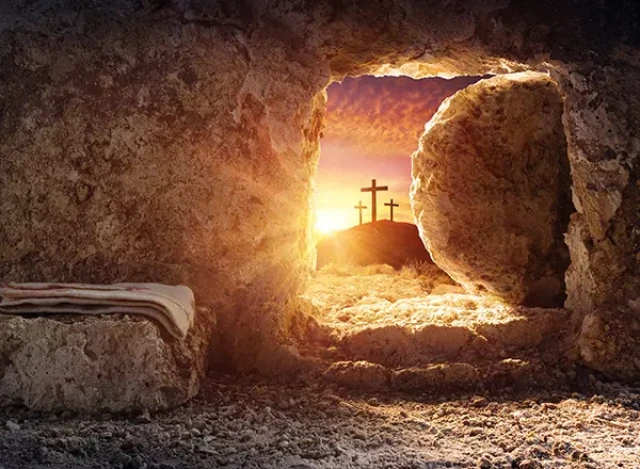As spring breathes new life, millions of Christians across the globe gathered to celebrate Easter, one of the most sacred and joyful festivals in the Christian calendar. More than just a holiday Easter represents the cornerstone of the Christian faith, the resurrection of Jesus Christ. This deeply significant event carries profound theological, historical, cultural, and social meaning for individuals and communities worldwide.
Religious Significance: Faith in Resurrection
At its heart, Easter commemorates the resurrection of Jesus on the third day after his crucifixion; an event recorded in the New Testament and considered a victory over sin and death. For Christians, this resurrection affirms the belief in eternal life and symbolizes spiritual renewal and redemption.
Theologically, Easter emphasizes key Christian concepts such as atonement, grace, and divine hope. It marks the fulfillment of prophecy and the establishment of a new covenant between God and humanity. Through Christ’s resurrection, believers are reminded of God’s mercy and the promise of salvation, a message that continues to inspire millions.
Easter is preceded by a season of spiritual preparation known as Lent, 40 days of fasting, prayer, and reflection. Holy Week, culminating in Easter Sunday, includes solemn observances like Palm Sunday, Maundy Thursday, and Good Friday, which marks Jesus’s crucifixion. The celebration then shifts to joy as churches conduct sunrise services, Masses, and community gatherings to proclaim: "He is risen!"
Historical Roots and Evolution
Easter’s origins can be traced to early Christianity, with strong ties to the Jewish Passover, which commemorates the Israelites' deliverance from Egypt. Early Christians, particularly those outside of Jewish traditions, reinterpreted Passover through the lens of Christ’s death and resurrection. Over time, this gave rise to distinct Easter customs.
In 325 AD, the Council of Nicaea established a unified method for calculating the date of Easter, the first Sunday after the full moon following the vernal equinox, embedding the festival within the rhythms of nature and the liturgical calendar. This seasonal symbolism underscores the theme of new beginnings and life after death.
Cultural Expressions across the Globe
While grounded in sacred tradition, Easter celebrations vary widely across cultures, blending spiritual reverence with local customs and festive expressions. From solemn rites to vibrant public displays, Easter continues to unite people in celebration and reflection.
In the United States and much of Europe, Africa and Nigeria, Easter brings family gatherings, church services, and colorful egg hunts. Children enjoy chocolate bunnies and festive parades, while adults often reflect on spiritual renewal. In Orthodox Christian nations like Greece and Russia, believers observe midnight liturgies followed by feasts featuring roast lamb and tsoureki or kulich bread.
In the Philippines, the Salubong a moving pre-dawn reenactment of the meeting between the risen Christ and his mother, Mary draws thousands. In Ethiopia, Orthodox Christians conclude a 55-day Lenten fast with Fasika, a vibrant celebration marked by communal meals and traditional songs.
A Message for the World
Beyond rituals and traditions, Easter carries a universal message, that from suffering can come renewal, and from death, life. “Easter reminds us that even in our darkest moments, there is always the promise of a new beginning.”
In a world facing challenges ranging from global conflict and inequality to environmental concerns, Easter’s message of hope and rebirth resonates more than ever. It serves as a reminder of the resilience of the human spirit, the importance of compassion, and the potential for transformation.
Related News: Pope Francis presides over Easter Sunday Mass
Whether observed through solemn prayer, joyful song, or shared meals, Easter continues to inspire people of faith and those seeking renewal to reflect on love, peace, and the power of second chances.




















